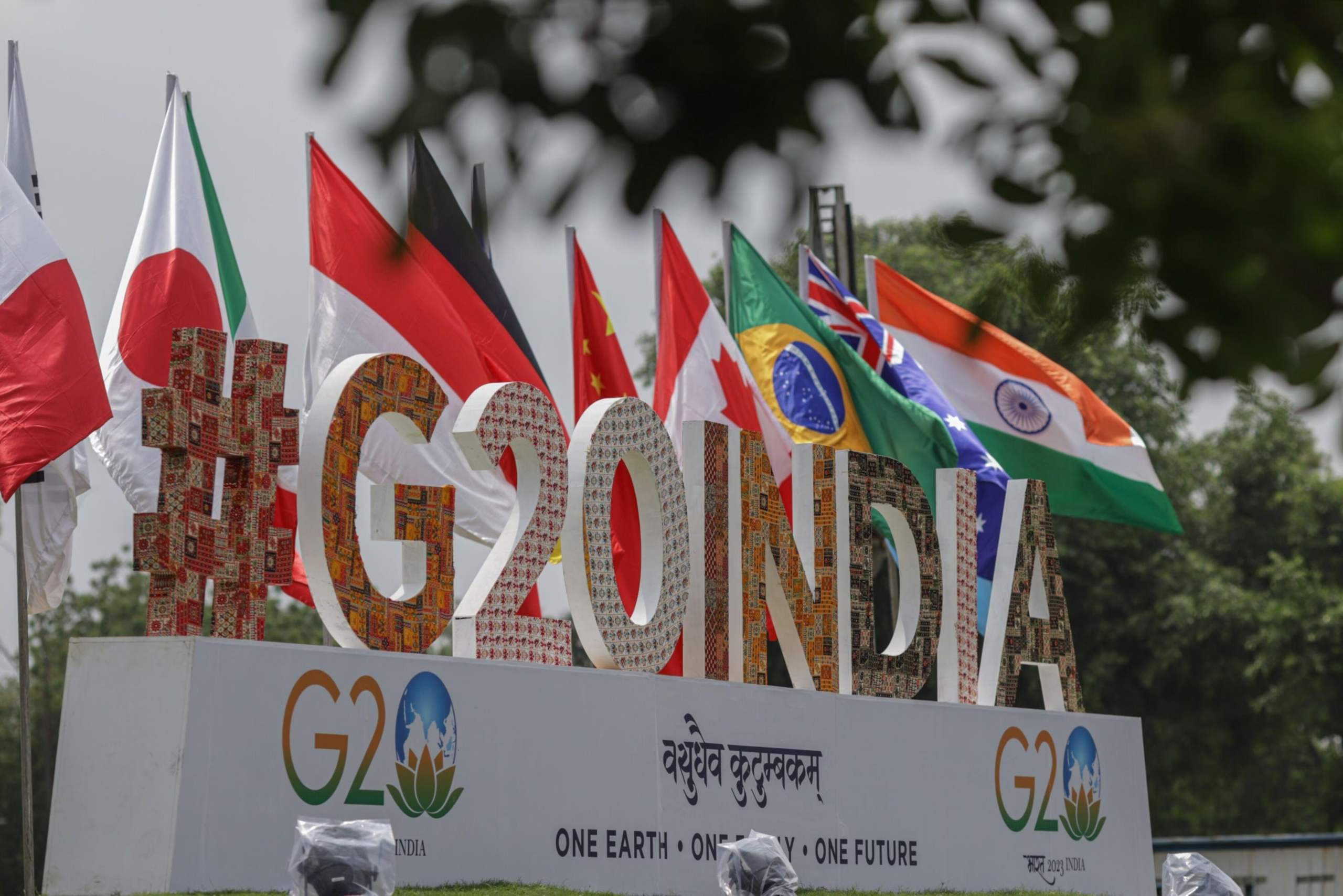he conflict in Ukraine has complicated geopolitics as President Zelensky fights Russian aggression. The West supports Ukraine with sanctions and military aid, while India remains neutral, advocating for dialogue and trade with Russia. India’s neutrality, criticized by the West, reflects its non-alignment strategy. By engaging with Russia and the U.S., India aims to foster dialogue…
How India Balances Power Among Global Leaders ?
Discover more from Newz Quest
Subscribe to get the latest posts sent to your email.

